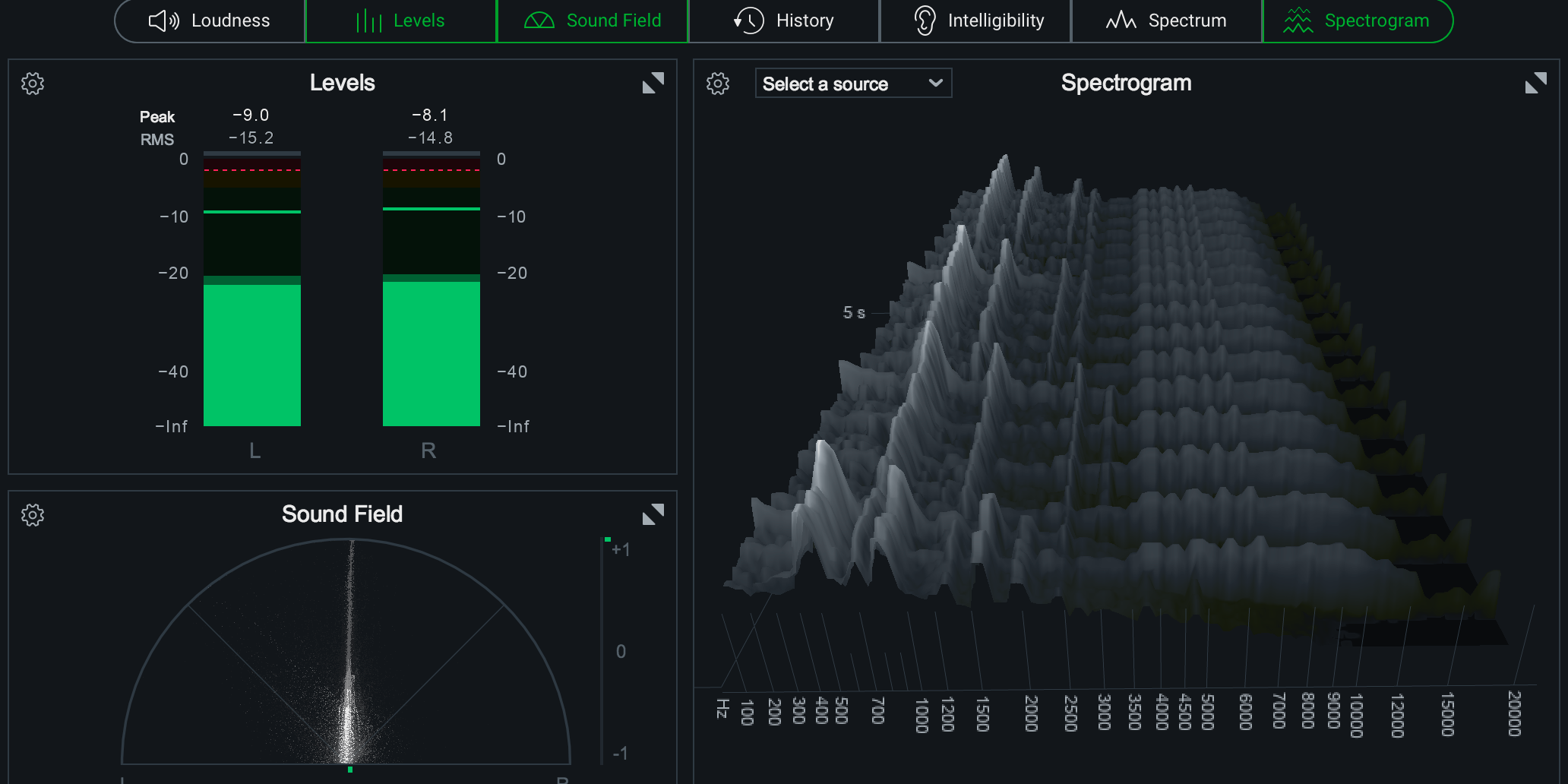LANDR vs Human Mastering: A Breakdown for Musicians
Mastering has never been more accessible. Services like LANDR offer instant, automated mastering powered by AI, while professional mastering engineers continue to provide handcrafted results. But which path is right for you? Let’s compare.
What Is LANDR (AI Mastering)?
LANDR is one of the most well-known AI mastering platforms. You upload your track, the algorithm analyzes your mix, and in a matter of seconds, you get a mastered version ready to download.
Pros of LANDR
-
Fast turnaround (literally seconds).
-
Affordable pricing, often subscription-based.
-
Useful for demos, quick references, or non-critical releases.
Cons of LANDR
-
Limited control over artistic choices.
-
One-size-fits-all processing can over-compress or misinterpret certain genres.
-
No ability to provide feedback on your mix.
What Is Human Mastering?
Human mastering means working with an experienced engineer who carefully listens to your track, applies EQ, compression, limiting, and stereo adjustments, and ensures it translates well across all playback systems.
Pros of Human Mastering
-
Tailored to your unique mix and genre.
-
Feedback on your mix before mastering begins.
-
Fine-tuned loudness and dynamics for streaming compliance.
-
A collaborative process where you can request revisions.
Cons of Human Mastering
-
Costs more than AI services.
-
Turnaround is usually 1–3 days instead of instant.
Key Differences: LANDR vs Human Mastering
|
Feature |
LANDR (AI) |
Human Mastering |
|---|---|---|
|
Speed |
Instant |
1–3 days |
|
Cost |
Low / Subscription |
Moderate investment |
|
Customization |
Minimal |
Fully personalized |
|
Feedback |
None |
Mix and mastering feedback |
|
Consistency |
Algorithm-driven |
Ear, taste, and experience |
|
Best For |
Demos, ideas, budget releases |
Singles, albums, professional releases |
A More Technical Breakdown
For musicians who want to understand how the processing itself differs, here’s a deeper dive into the technical side:

1. EQ Decisions
-
LANDR: Applies broad, genre-trained EQ curves based on reference tracks in its database. Adjustments are often global and may not address subtle frequency buildups (e.g., a harsh 2.5k resonance on vocals).
-
Human Mastering: Engineers use tools like FabFilter Pro-Q3, Weiss EQ1, or analog EQs (like a Massive Passive) to make surgical moves, balancing low-end clarity, midrange focus, and air in the highs.
2. Compression & Dynamics
-
LANDR: Uses preset multiband compression that can over-flatten dynamic mixes. It may add “loudness” but sometimes kills musical transients.
-
Human Mastering: Engineers might choose between transparent glue (SSL bus compressor, Pro-C2) or musical character (Fairchild, Shadow Hills). They’ll also decide whether parallel compression or dynamic EQ is better to preserve punch without crushing dynamics.
3. Loudness & Limiting
-
LANDR: Pushes tracks to a target LUFS level, usually between -9 and -11 LUFS. It doesn’t always optimize for true peak compliance, which can cause streaming platforms like Spotify to turn your track down or introduce distortion.
-
Human Mastering: A mastering engineer balances integrated LUFS, short-term LUFS, and true peak (typically keeping true peaks below -1 dBTP). They’ll also consider the release medium—vinyl, CD, or streaming all have different headroom needs.
4. Stereo Imaging
-
LANDR: Widens stereo based on its algorithm, which can sometimes smear phase relationships or weaken mono compatibility.
-
Human Mastering: Engineers make subtle stereo decisions—maybe tightening the low end to mono for punch while widening highs for air. Tools like iZotope Ozone Imager or analog MS processors are applied tastefully.
5. Genre Adaptability
-
LANDR: Best for mainstream genres where its reference library is strongest (EDM, pop, hip-hop). More niche genres (jazz, classical, experimental) can confuse the algorithm.
-
Human Mastering: Engineers bring contextual listening. A jazz trio gets a very different treatment than a metalcore track—and nuance in dynamics is preserved.
6. Final QC (Quality Control)
-
LANDR: No ability to judge whether vocals sit too forward, or if the kick is masking the bass. It only outputs what the algorithm interprets.
-
Human Mastering: Engineers run playback tests on multiple systems (studio monitors, headphones, car systems). They’ll also catch issues like clicks, pops, or DC offset before release.
Which One Should You Use?
-
For demos and writing sessions: LANDR is convenient. You can bounce quick masters and share with your band or collaborators.
-
For release-ready tracks: A human mastering engineer ensures your music translates across all systems, stays streaming-compliant, and enhances your creative intent.
Ready to Take the Next Step?
If you’re ready to hear the difference that custom human mastering makes, I’d love to work on your music. At Venia Mastering Studio, I’ve helped over 5,000 artists get release-ready masters trusted by Netflix, Showtime, and Timbaland’s label. Submit your track for a free mastering sample here.



